In the nortwest of the town of Sinaia (Romania) there’s Peleș castle — one of the most significant monuments of the country. It is located in the picturesque Carpathian Mountains, on the medieval route from Wallachia to Transylvania.
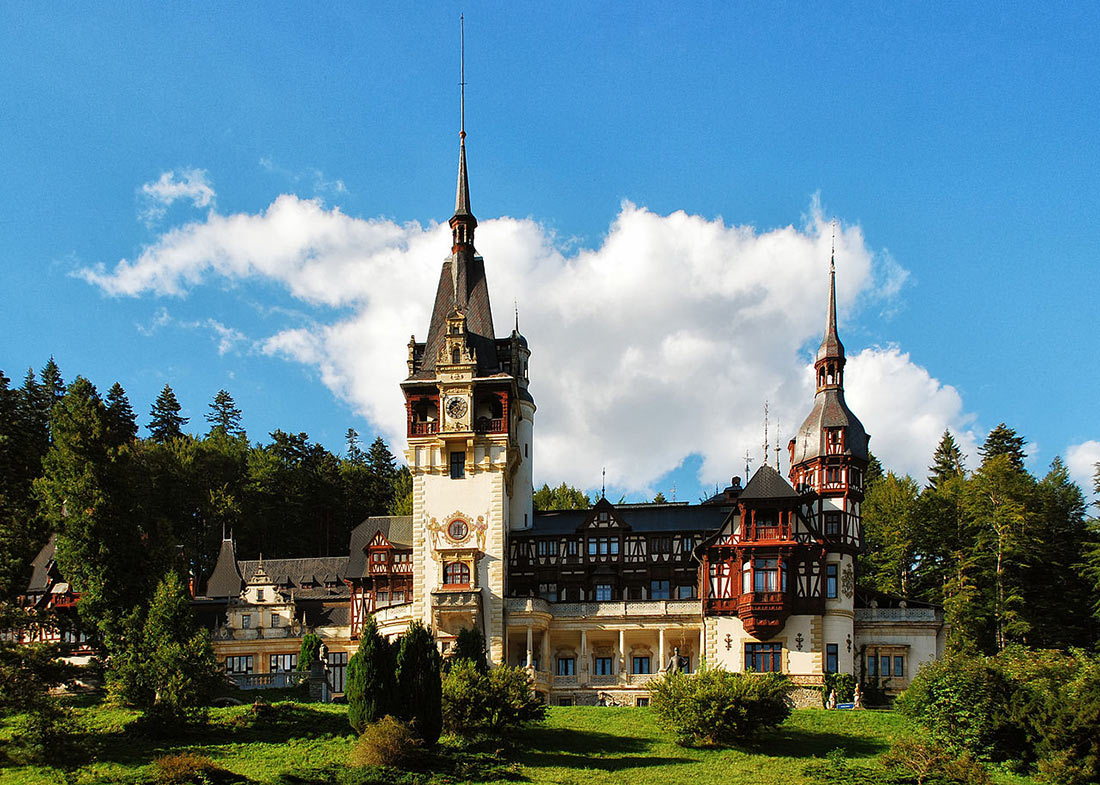
Photo: By Andrei Stroe, from Wikimedia Commons (CC BY-SA 3.0)
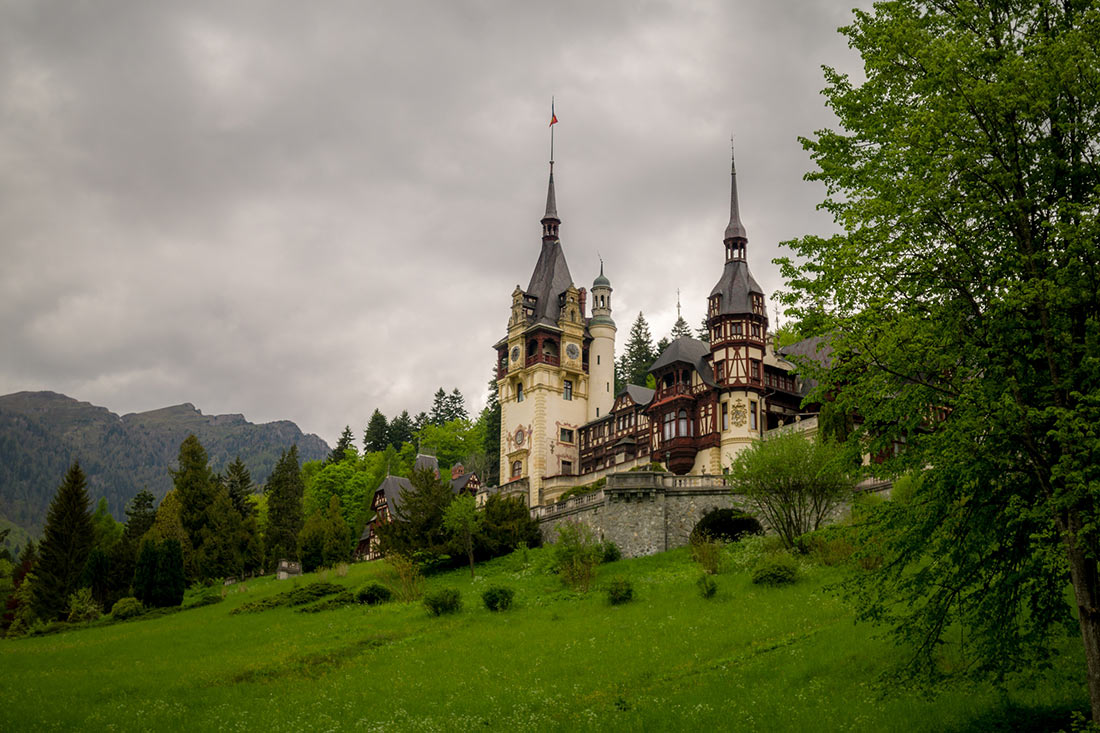
Photo: Ashwin Kumar/flickr (CC BY-SA 2.0)
It was the will of fate that the King Carol I of Romania visited this place. He liked it so much that in 1872 he purchased these lands to make them royal hunting preserve and to build his summer residence here.
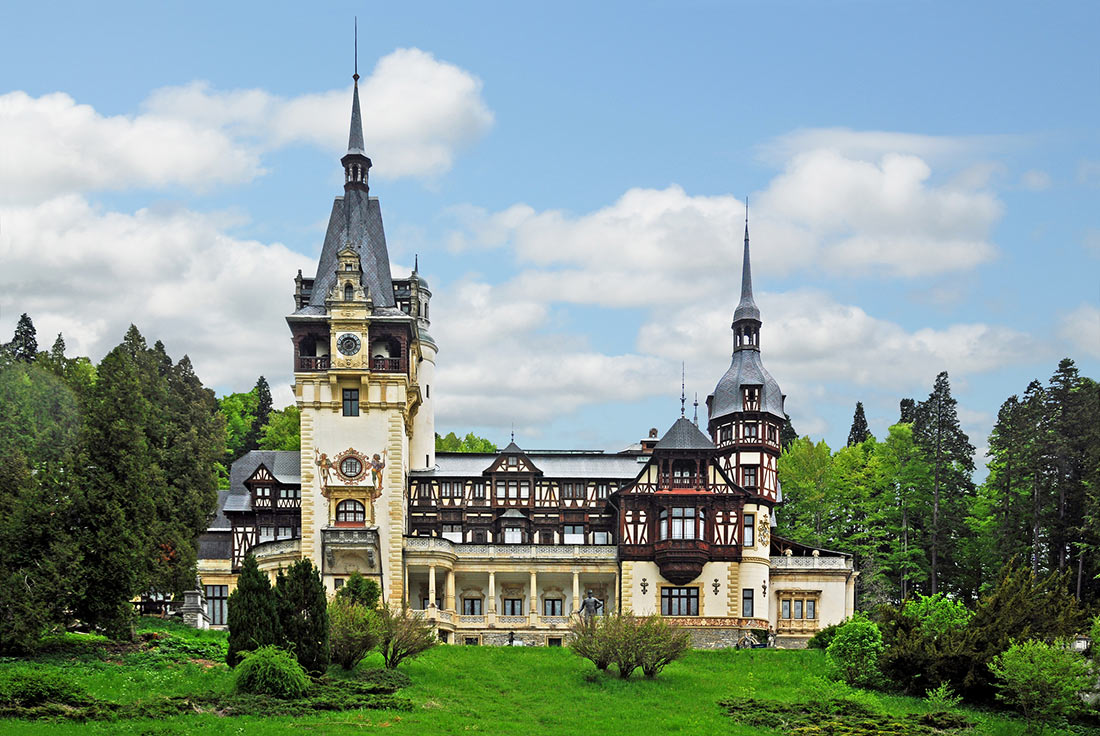
Photo: Dennis Jarvis/flickr (CC BY-SA 2.0)
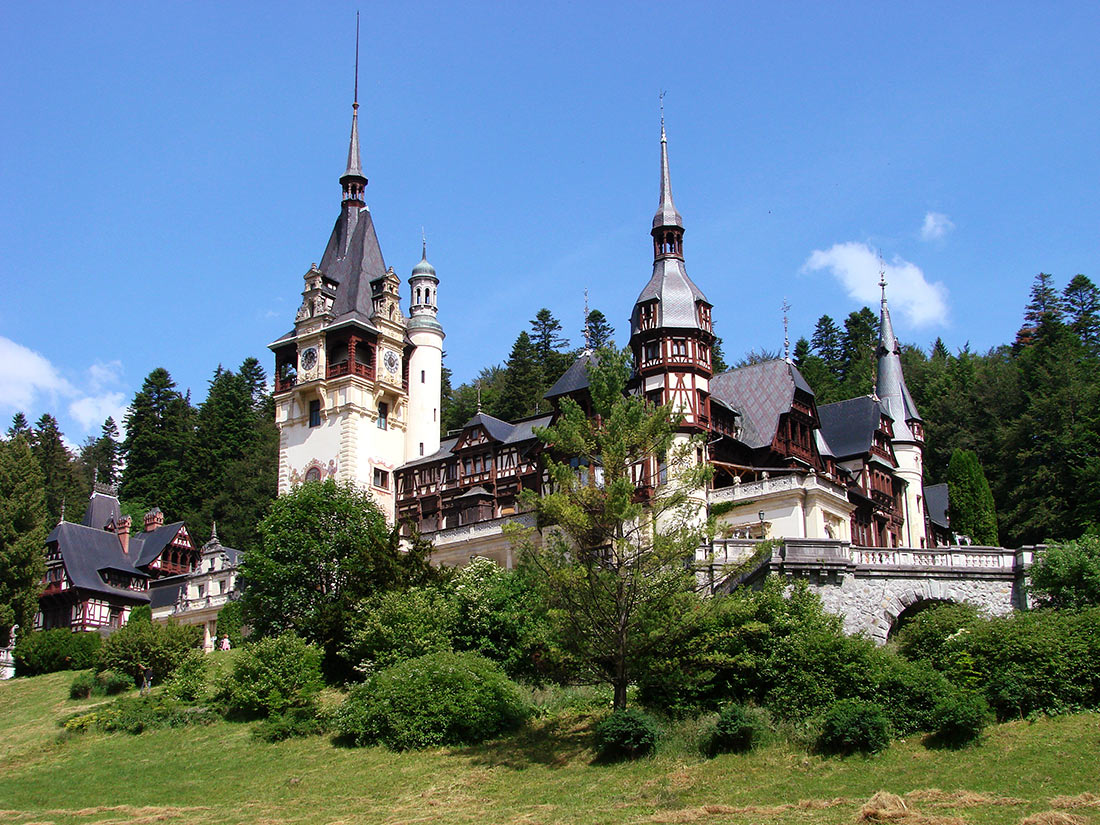
Photo: Adam Jones/flickr (CC BY-SA 2.0)
Its construction started in 1873. Several hundreds of people worked there, because some auxiliary buildings were built at the same time. Even a power plant was built, so Peleș became the world’s first castle fully powered by locally produced electricity.
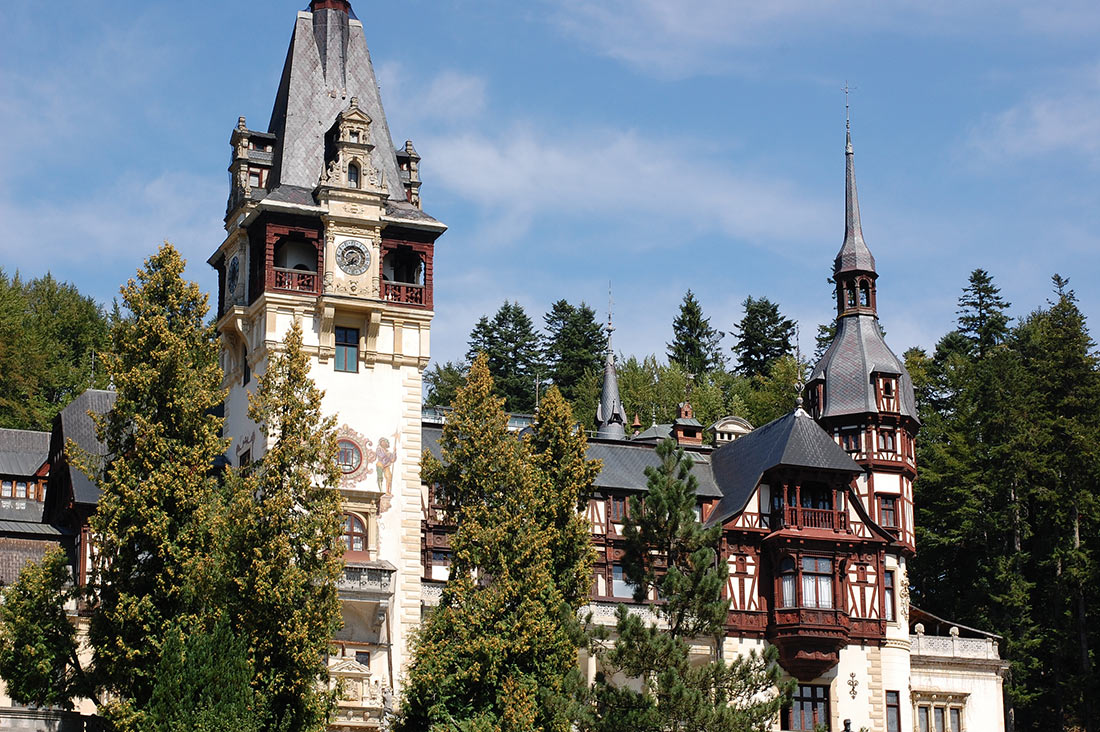
Photo: KLMircea/flickr (CC BY-SA 2.0)
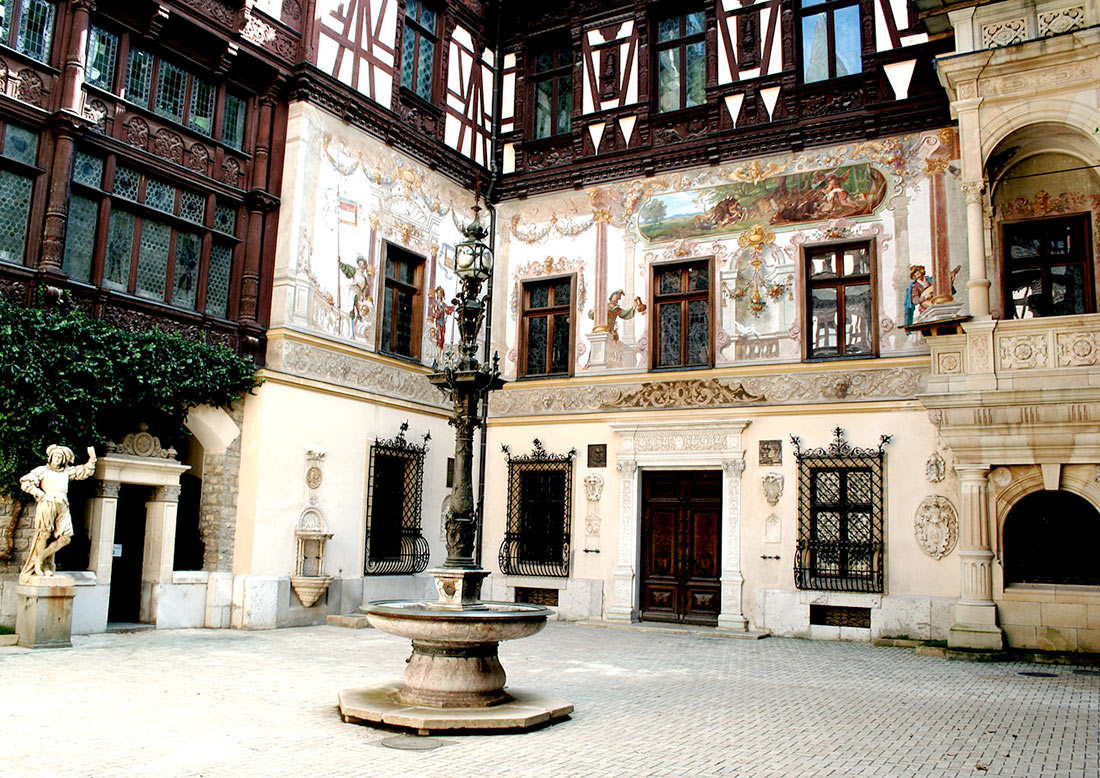
Photo: By J RAWLS (Flickr), via Wikimedia Commons (CC BY 2.0)
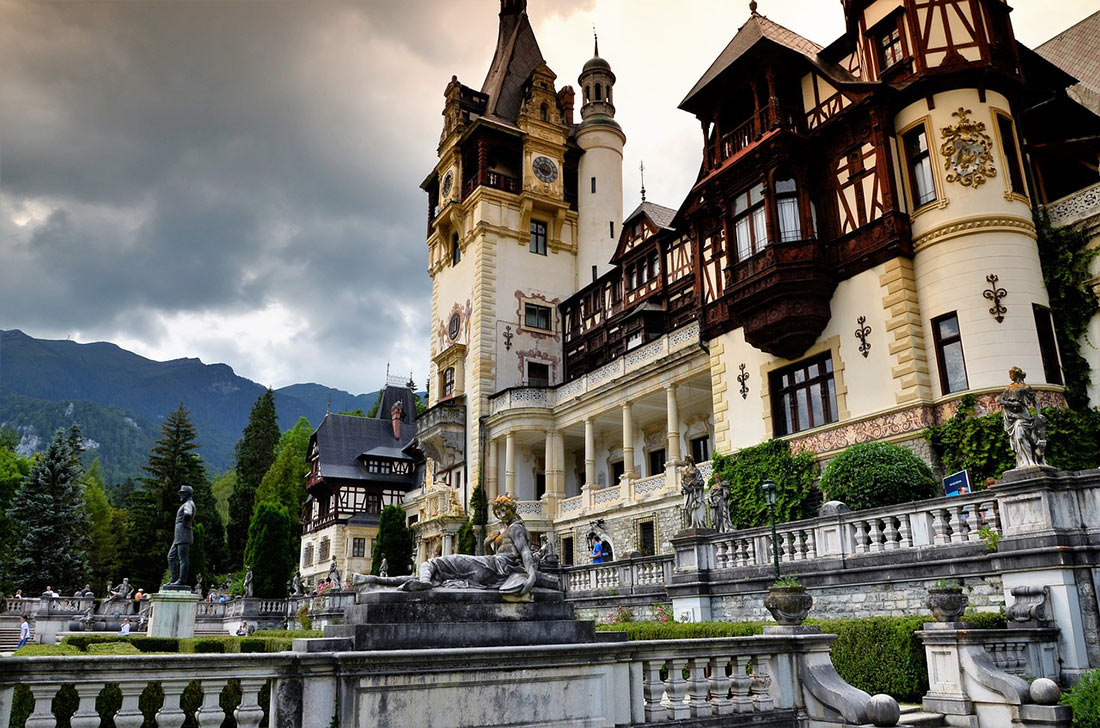
Photo: maxpixel.net (CC0 Public Domain)
The castle was opened in 1883, but the works continued until to the King’s death in 1914.
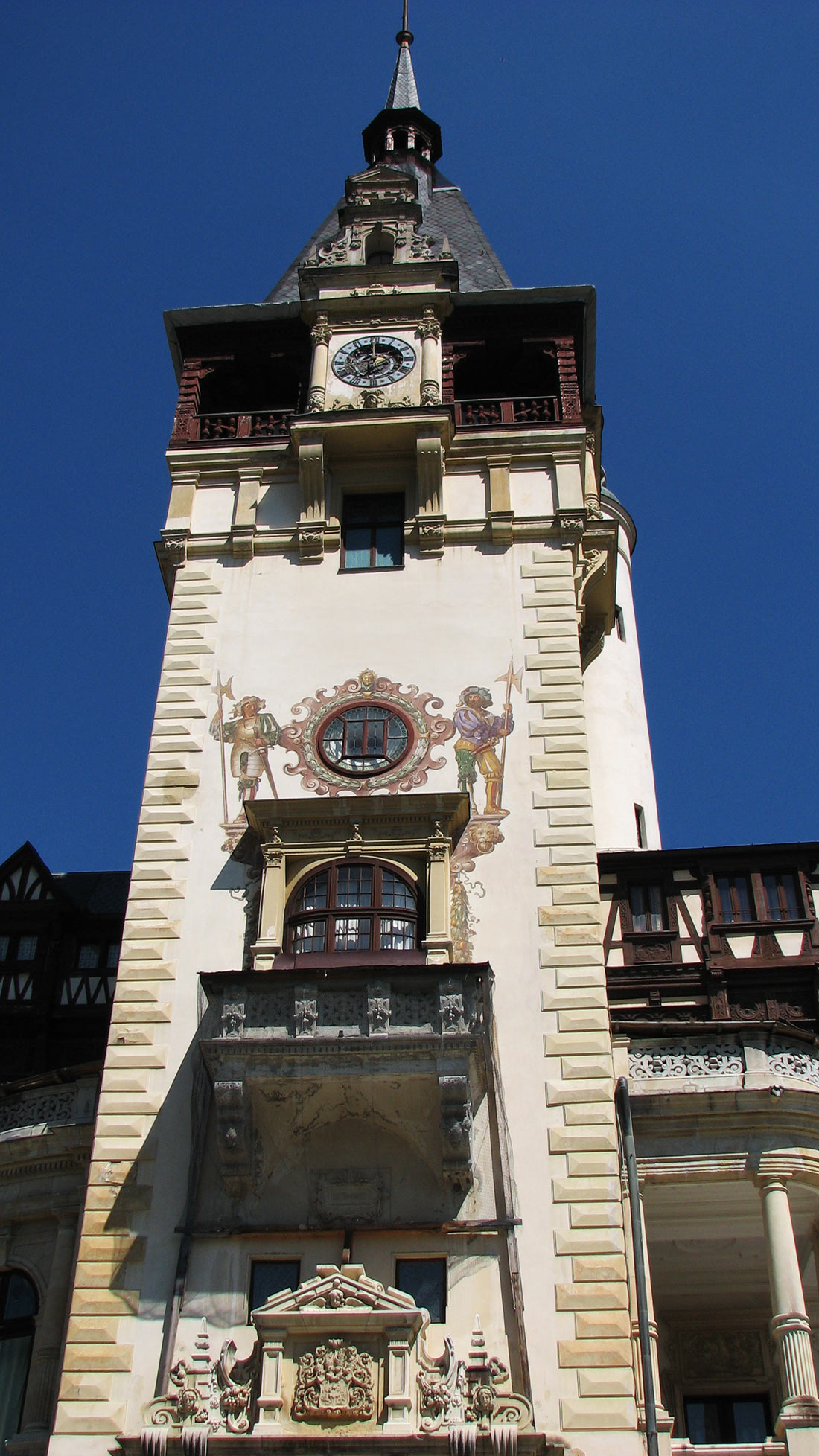
Photo: By Cristian Bortes from Cluj-Napoca, Romania (Peles Castle), via Wikimedia Commons (CC BY 2.0)
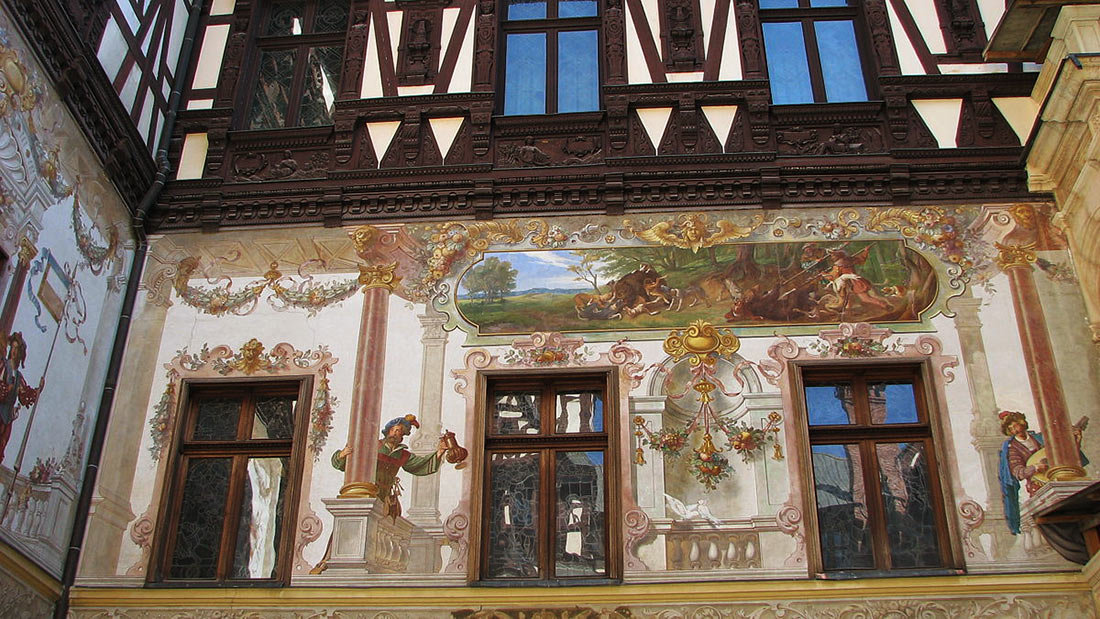
Photo: Europeana EU/flickr (CC BY-SA 2.0)
The castle has more than 160 rooms. All of them are luxuriously furnished and decorated. They hold magnificent collections (one of the finest in Eastern and Central Europe) of works of art, gold and silver, porcelain, stained glass, rugs and tapestries. There is also a collection of weapons and armor, which has more than 4000 pieces.
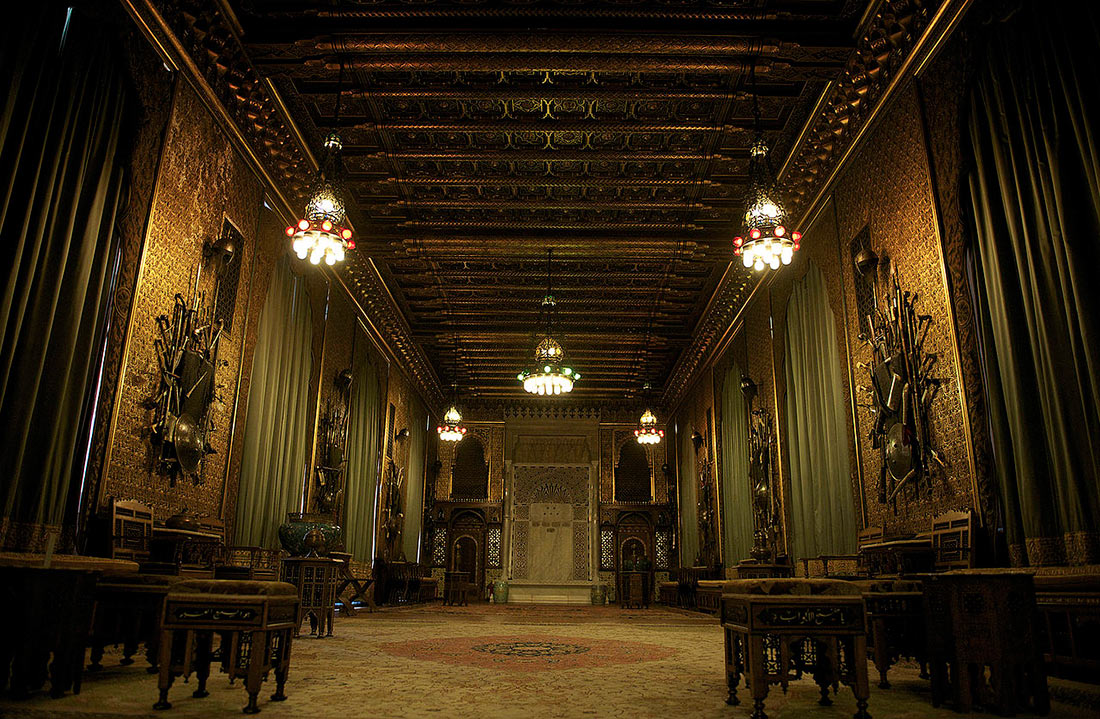
Photo: Diana Popescu, via Wikimedia Commons (CC BY-SA 3.0)
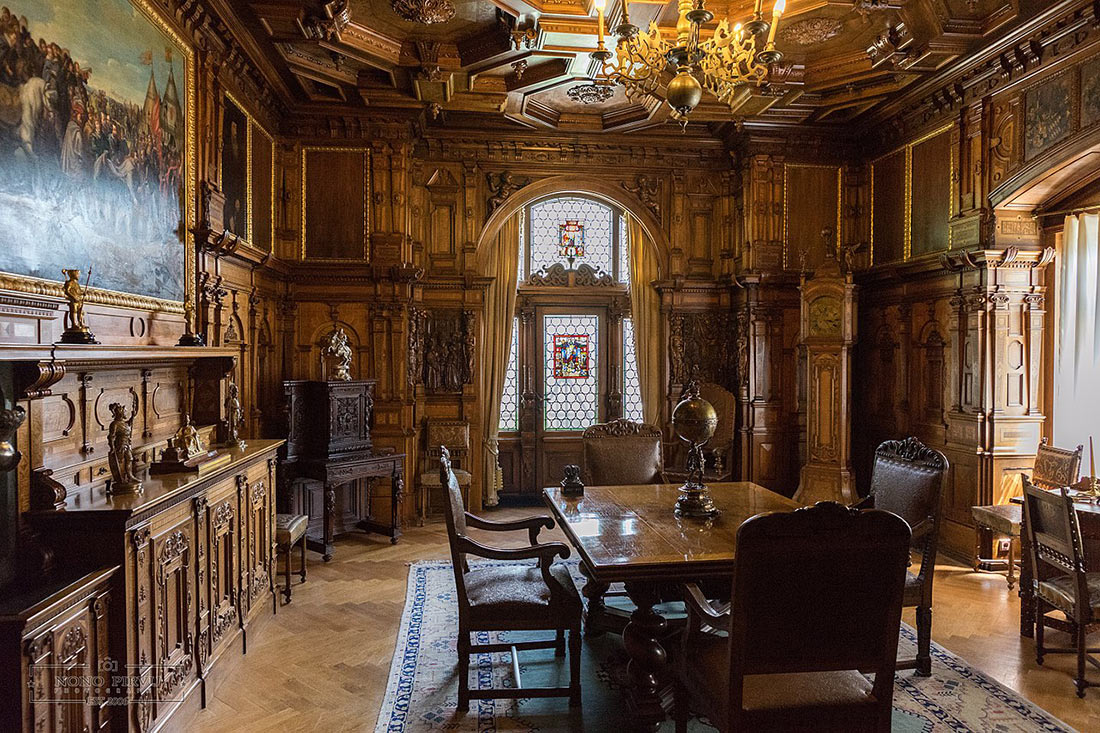
Photo: Photopro Pro, via Wikimedia Commons (CC BY-SA 3.0)

Photo: Photopro Pro, via Wikimedia Commons (CC BY-SA 3.0)
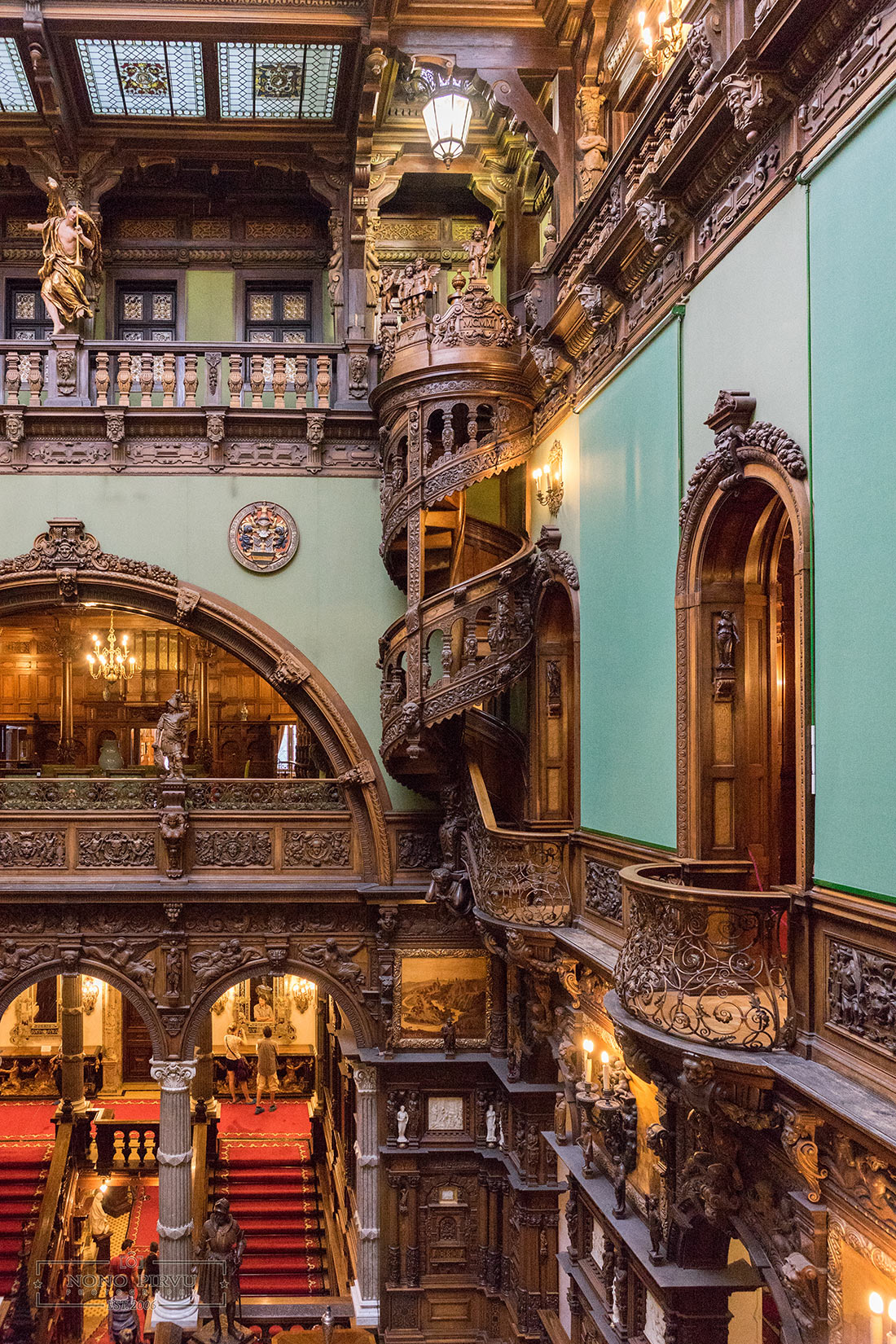
Photo: Photopro Pro, via Wikimedia Commons (CC BY-SA 3.0)
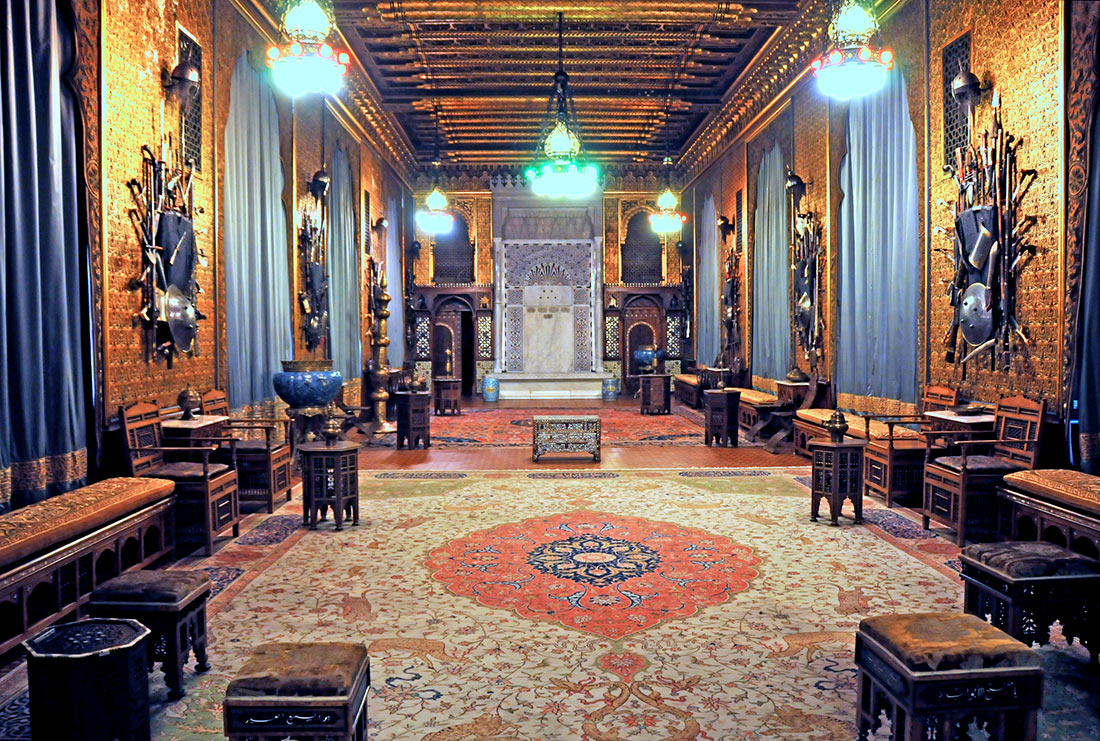
Photo: Dennis Jarvis/flickr (CC BY-SA 2.0)
A garden is a must for every castle. The garden of Peleș is absolutely gorgeous! It features the terrace, decorated with fountains, statues of Carrara marble, graceful stairs, lion statues and unique decorative details. Near the main entrance there is the statue of King Carol I created by the Italian sculptor Raffaello Romanelli. There is also a statue of Queen Elizabeth of the Romanians in the garden: the king’s wife makes traditional Romanian embroidery.
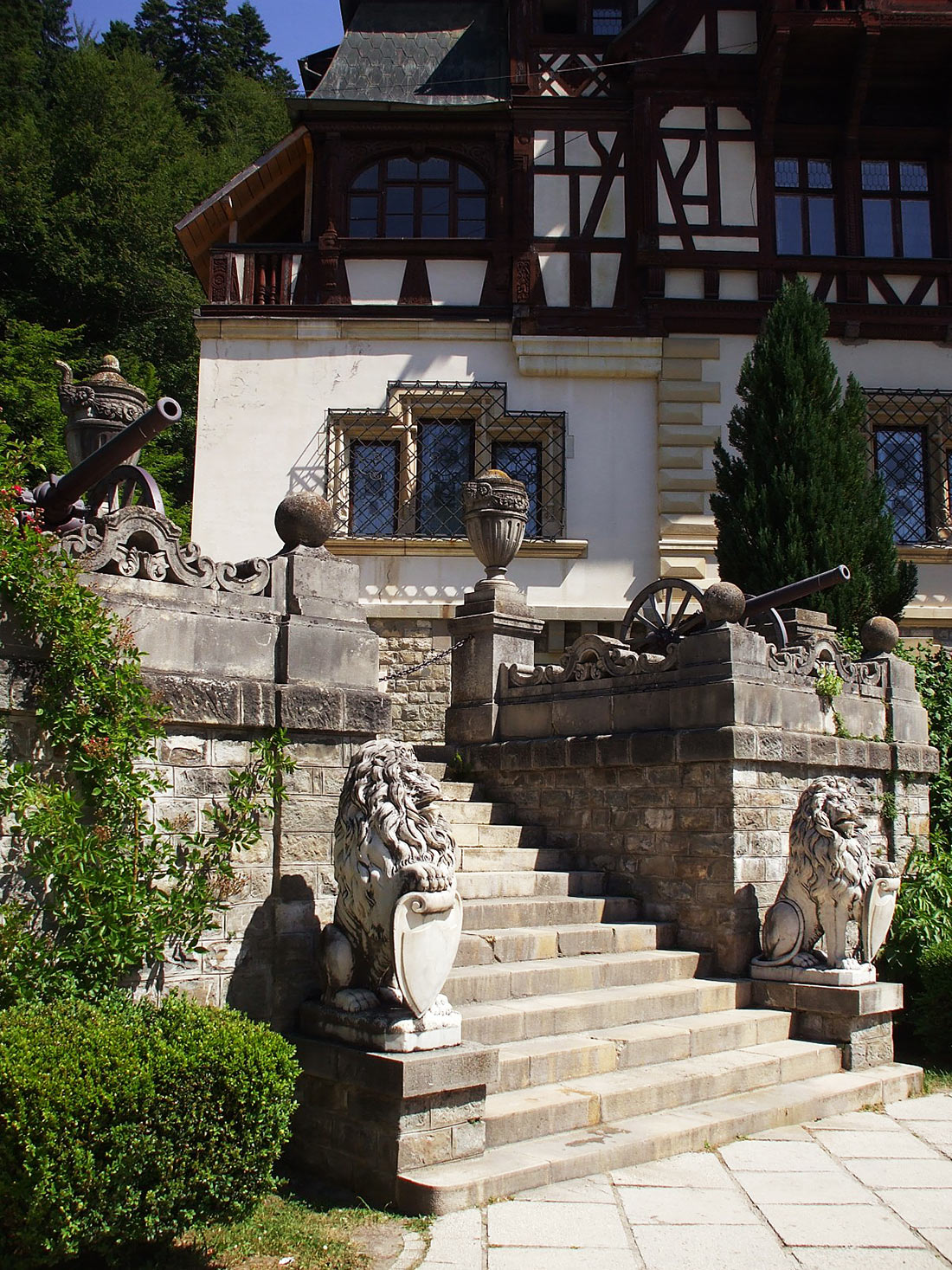
Photo: pxhere.com (CC0 Public Domain)
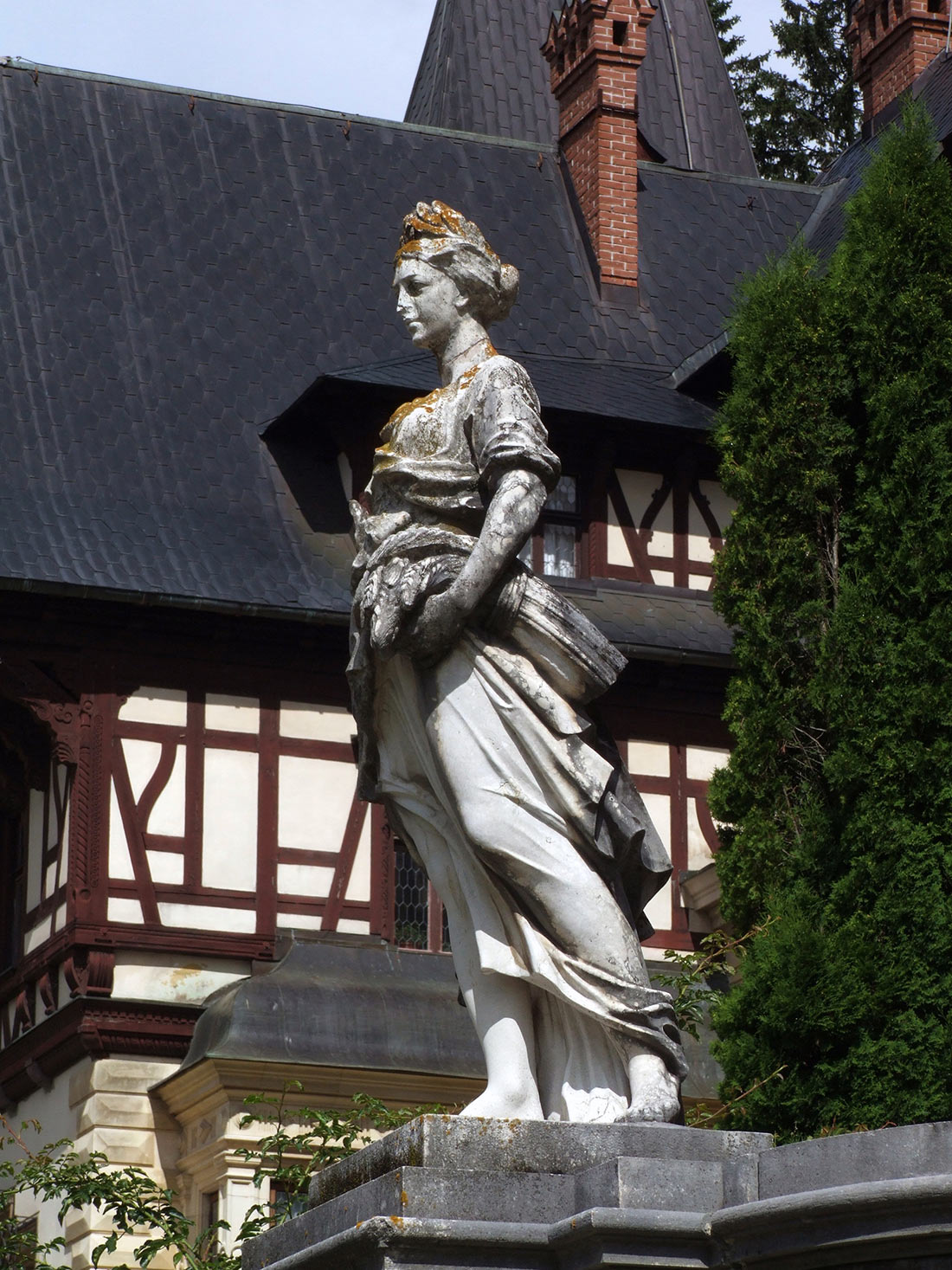
Photo: By Pudelek (Marcin Szala), from Wikimedia Commons (CC BY-SA 3.0)
In 1947, the castle was nationalized, and since 1953 it became a museum. Romanian culture people were very fond of it. But within almost 20 years the excursions inside were stopped, because Peleș became a government residence.
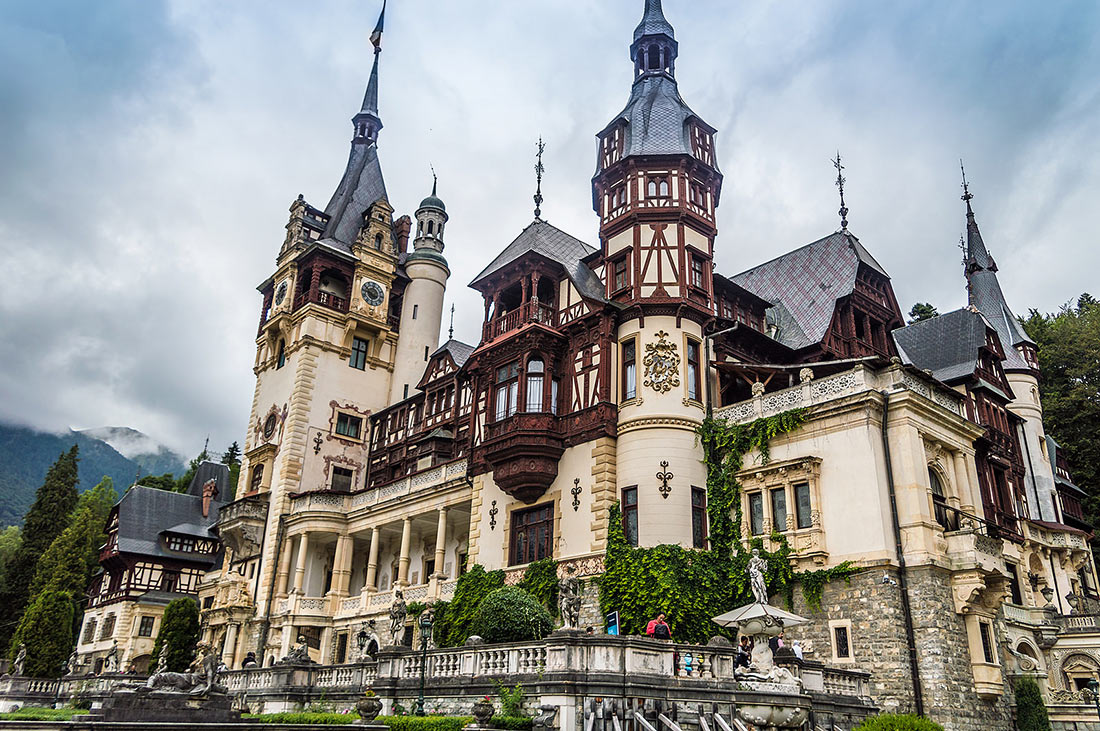
Photo: www.bdmundo.com/flickr (CC BY-SA 2.0)
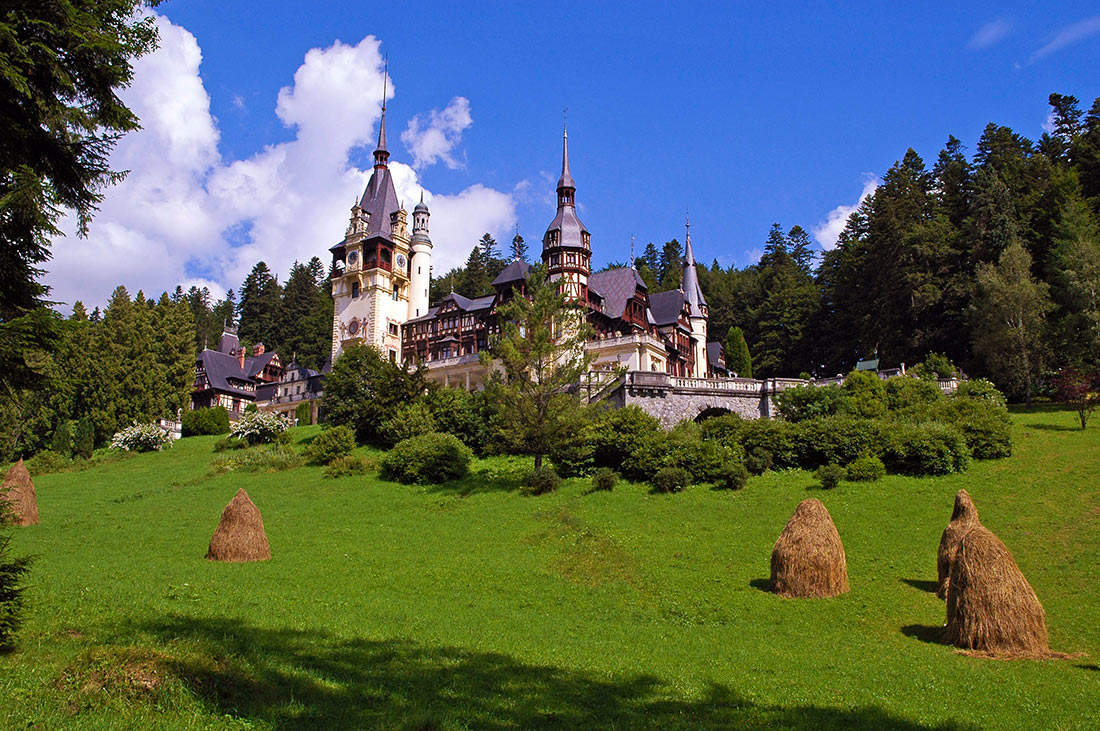
Photo: !Serendipity/flickr (CC BY 2.0)

Photo: DeMaris, via Wikimedia Commons (CC BY 3.0)
After the revolution in 1989 the castle was opened for tourists. In 1997 the castle was returned to the Royal Family (the process lasted until 2007). The former King Michael wanted it to continue to shelter National Museum.
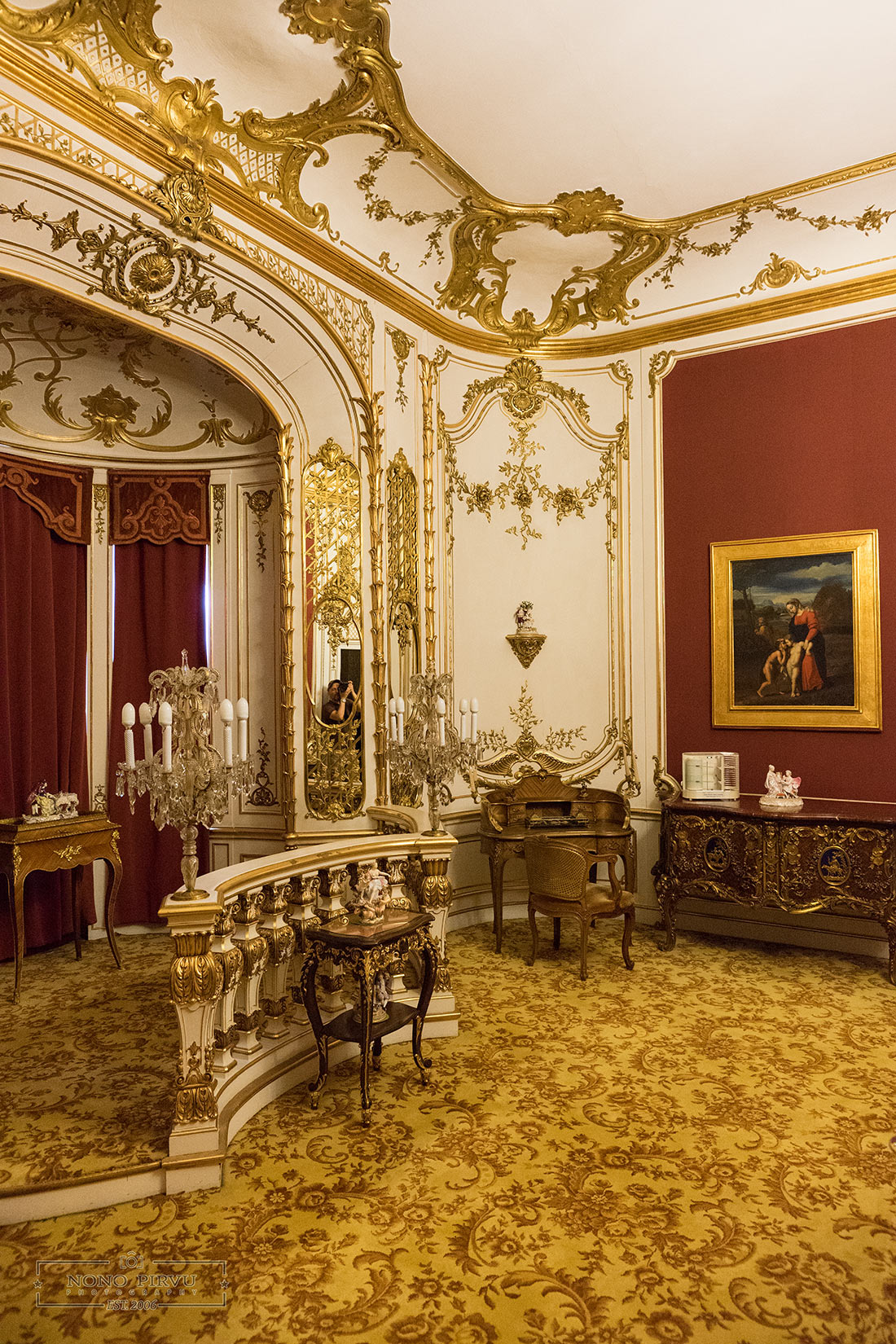
Photo: Photopro Pro, via Wikimedia Commons (CC BY-SA 3.0)
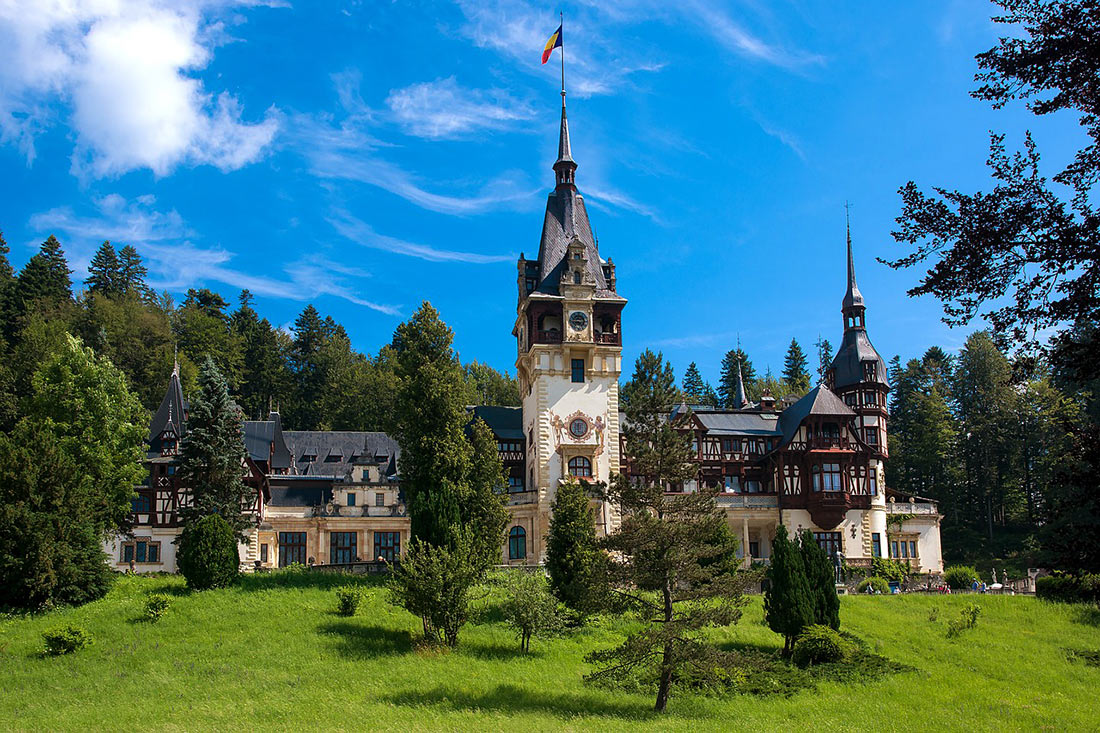
Photo: pixabay.com (CC0 Creative Commons)
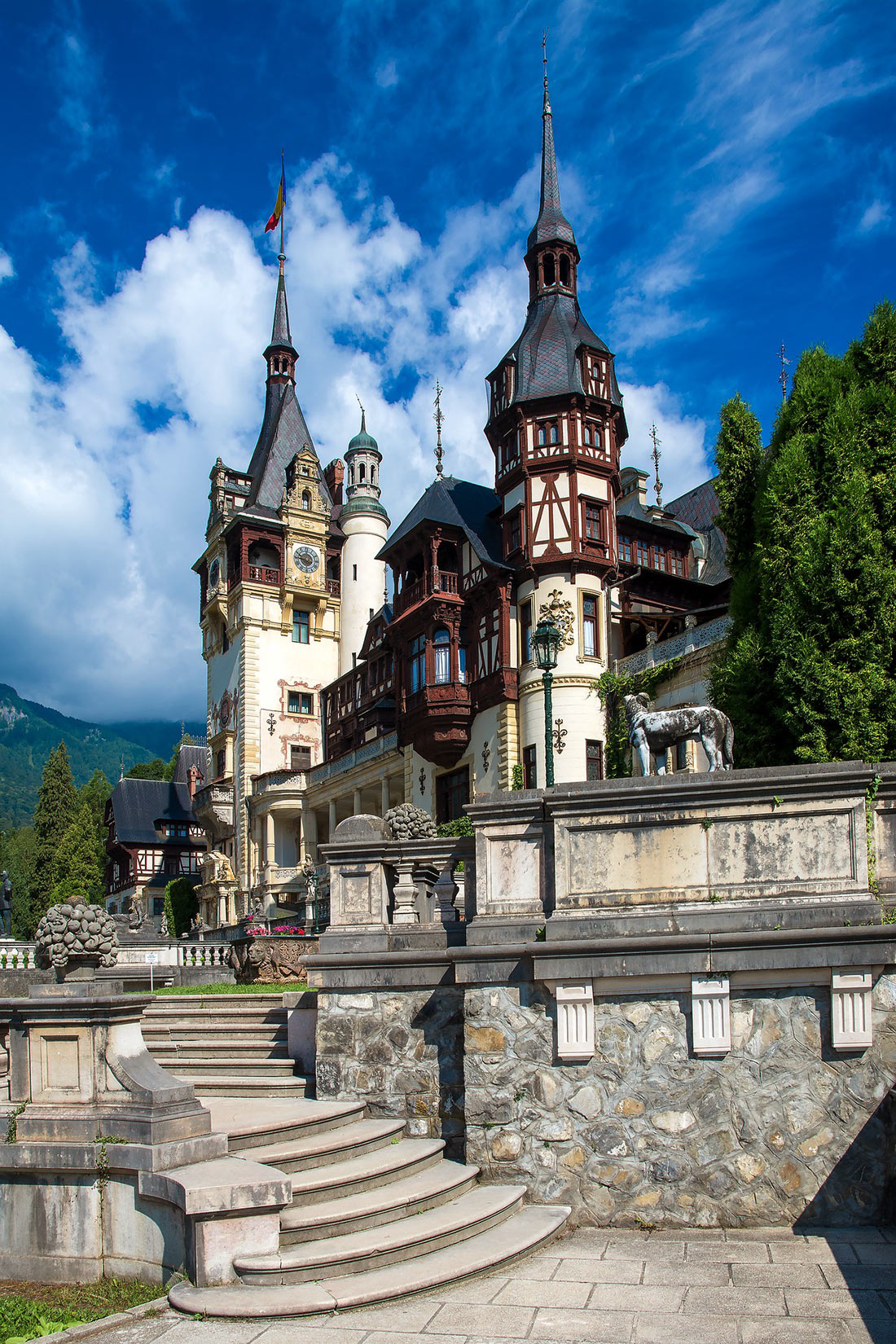
Photo: pixabay.com (CC0 Creative Commons)
Since then, Peleș is considered to be a national treasure. As a historical monument and a museum it is open for public. Also it is occasionally used for public ceremonies organised by the Royal Family.




















